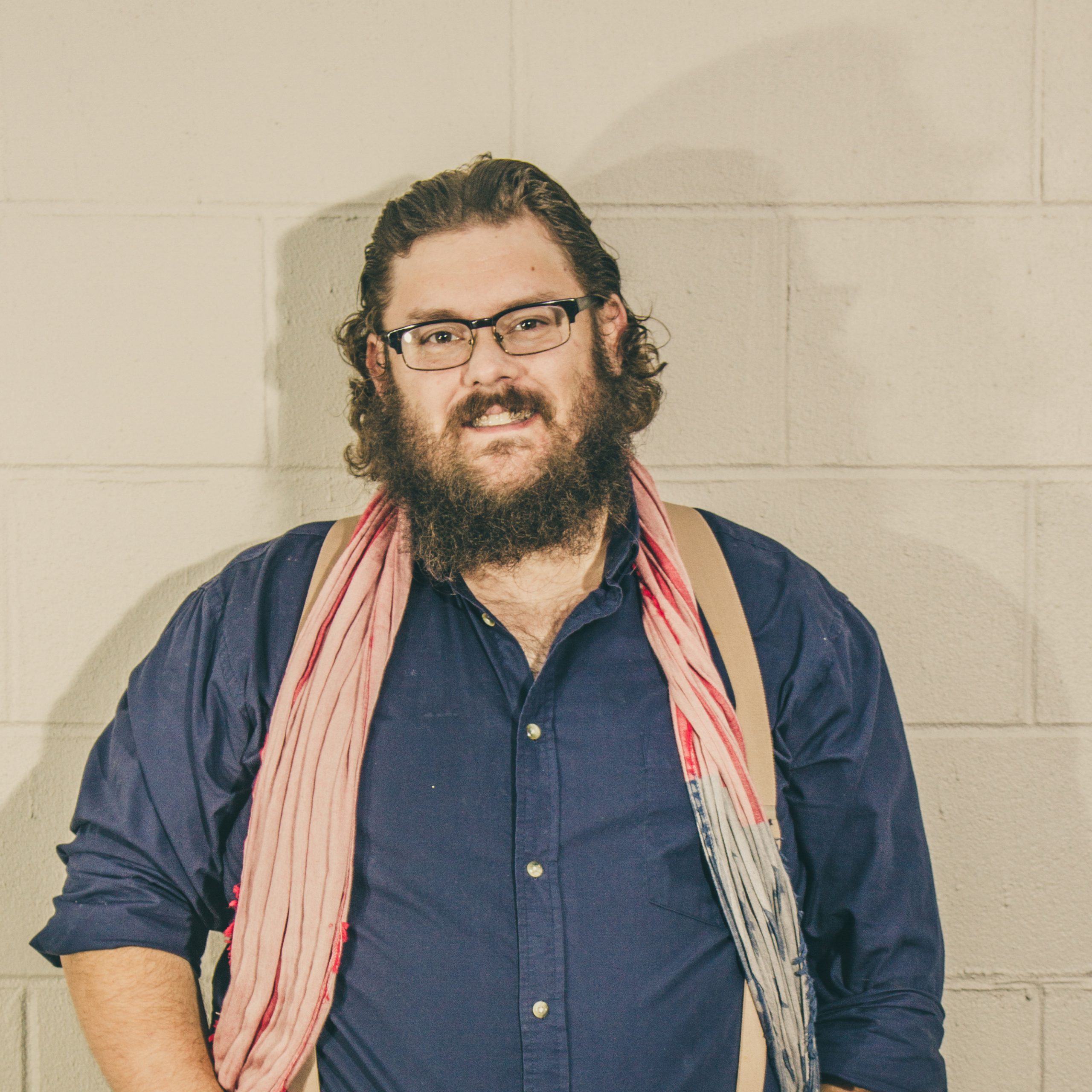It starts with the hands.
Thread through fabric. Wood shavings on a workbench. The rhythmic tap of a chisel, the hush of scissors across cotton, the satisfying click of knitting needles in motion. These are not the sounds of speed or commerce. They are quiet, deliberate gestures—acts of care in a world that rarely slows down.
Somewhere between endless Zoom meetings and dopamine-drip notifications, a quiet revolution has begun. People are picking up their needles, hammers, and carving tools—not for profit, not for content, but for the sheer act of making. In doing so, they’re reclaiming something that hustle culture never gave them: time.
The Cost of Constant Motion
Modern life moves fast. We’re encouraged to optimize everything—from how we sleep, to how we eat, to how many side hustles we can juggle between 9-to-5s and passion projects. Productivity has become the religion of our age, with apps as its prophets and burnout as its sacrament.
But something is shifting. In the shadow of this speed-obsessed system, many are seeking sanctuary in slowness. Whether it’s mending a pair of jeans by hand or spending weeks binding a journal from scratch, the return to craft feels not just nostalgic, but necessary.
“When I’m crocheting, I’m not thinking about deadlines or my inbox,” says Erika T, a digital marketer turned fiber artist. “I’m just here, with my yarn and my hands. It’s the only time I don’t feel like I have to be productive to be worthy.”
The Rise of Slow Craft
Crafting is hardly new, but its meaning has evolved. What was once seen as a utilitarian necessity or “women’s work” is now being reclaimed as both art and rebellion.
Across Instagram, YouTube, and TikTok, the hashtag #slowcrafting garners millions of views. Zine-makers bind pages with thread, ceramicists throw clay in backyard studios, and amateur weavers build looms out of tree branches. This isn’t just a hobby—it’s a movement. A meditative, deliberate one.
And it’s growing for good reason. A 2021 study published in The Journal of Positive Psychology found that engaging in creative activities regularly leads to increased positive emotion, flourishing, and reduced stress. Another study out of Otago University revealed that crafting activities like knitting and painting can lead to “flourishing”—a psychological term that describes feeling engaged, enthusiastic, and full of meaning.
More Than a Pastime: A Protest
But this isn’t just about feeling good. For many, crafting has taken on a political edge. It’s an anti-consumerist act, a feminist reclaiming of traditional domestic arts, a declaration of slowness in a culture that values speed.
“There’s something radical about taking ten hours to make something that could be bought in ten minutes,” says Leo M, a self-taught woodworker who sources all his materials from salvaged construction sites. “It’s saying, ‘I don’t want fast and cheap. I want real and lasting.’”
During the pandemic, the slow craft movement swelled. People who had never touched a sewing machine were making masks. Bread-baking became a national pastime. And now, as the world attempts to return to “normal,” many crafters are choosing not to go back.
Because crafting, in its simplest form, is about presence. It demands attention, patience, and intention. In an economy that often treats people as cogs, crafting insists we are creators.
The Future Is Tactile
What if the future isn’t digital, but handmade? As AI writes our emails and algorithms choose our playlists, crafting reconnects us with the tangible world. It reminds us that time spent making isn’t wasted—it’s sacred.
Of course, not everyone can retreat from the demands of modern life. But even an hour spent knitting, painting, or carving spoons can be enough to reclaim part of your day as your own.
“I’m not trying to sell what I make,” Erika says. “I’m just trying to remember that I’m more than a machine. And when I finish a scarf or a stitched page, it feels like proof.”
In that sense, crafting is a quiet form of resistance. It’s a way to say: I am not only what I produce. I am a maker, a human, and I get to choose how I spend my time.
So go ahead. Make the time. Stitch a protest. Carve a rebellion. Create slowly, and on your own terms.
Be sure and check out our socials! Reddit, Facebook, Instagram. Cavalletto Magazine Homepage

Editor and Chief, Cavalletto Magazine
Owner And Operator of Burton Media Group
Christopher Burton is a acclaimed Photographer and has appeared in many shows, galleries, and publications over the years.

